SAP’s Peter Pluim Sees ‘Enormous’ Opportunity For New “Hassle’ Free SAP HPE GreenLake Service
‘The demand for customers to move to an Opex model and also just get rid of the whole hassle so they can focus on becoming agile and resilient and not have to worry about the IT side of it is enormous,’ says SAP Executive Vice President and Global Head of Enterprise Cloud Services Peter Pluim.
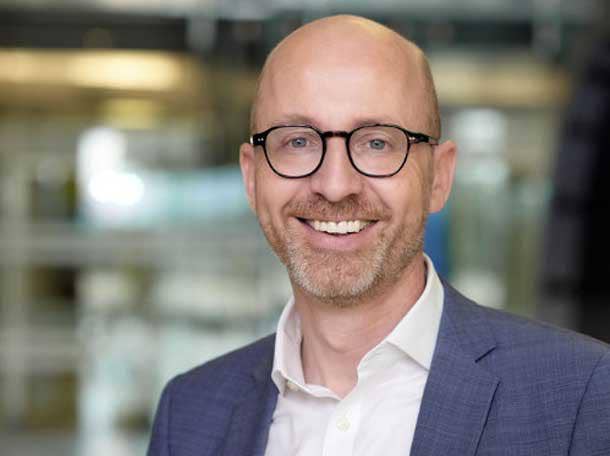
New Opportunities For SAP And HPE Partners
The new SAP HANA Enterprise Cloud Customer Edition on Hewlett Packard Enterprise’s GreenLake cloud service will open new doors for SAP and HPE partners, said SAP Executive Vice President and Global Head of Enterprise Cloud Services Peter Pluim.
“What this provides for customers is peace of mind that their SAP system will run so they can then engage with partners and the larger ecosystem to start focusing on the S/4 migration, on the intelligent enterprise, on linking all of their applications out there into an Opex model and modernize—ultimately not for the sake of driving IT applications and modernizing but to actually become agile and resilient,” said Pluim.
SAP will begin aggressively selling the SAP HANA Enterprise Cloud Customer Edition on HPE GreenLake cloud service in the fourth quarter with delivery expected in the first quarter next year.
“The unique value is we deliver an almost SaaS-like experience completely tailored to the customer’s need,” said Pluim. “We basically create our own little hyperscaler environment for the customers in their data center with all of the expertise of SAP on top. That is the unique value we are providing in an Opex model.”
The HPE GreenLake SAP offer ultimately lets customers focus on their business rather than the nuts and bolts of their IT operations, said Pluim.
“What is very important here is there are so many moving parts. This allows customers to focus on what they really need to focus on—which is what they actually do with all of this IT stuff instead of worrying about the IT stuff themselves,” said Pluim.
The on-premises private cloud SAP sales offensive is the brainchild of Pluim, who joined the German software maker 15 months ago after heading up infrastructure and data management services for $13.6 billion systems integration behemoth Atos.
Under Pluim’s leadership, SAP has nearly doubled the amount of SAP HANA Enterprise cloud customers. “The demand for customers to move to an Opex model and also just get rid of the whole hassle so they can focus on becoming agile and resilient and not have to worry about the IT side of it is enormous,” he said.

How does this change the economics of the SAP solution?
The key thing around this is very simple. Customers have enormous amounts of HPE iron with more than 20,000 SAP customers running on HPE. They are up for refresh. They have to move to S/4 within a certain amount of time. They are currently in a Capex-driven model. They might have huge data center investments that they can’t get out of. They have application entitlements that require the SAP landscape to be closed to the rest of the applications. They have no hyperscaler there. They have regulatory requirements, data sovereignty requirements. For any of those reasons they want to move to an Opex model. They want to move to best-in-class and they want a SaaS-like private managed cloud.
With this announcement they can now sign up for that. We will take a slice of our own data center because we use a lot of HPE hardware in SAP. We will take that slice. We will buy it in a fully managed way from HPE. We will make sure that it gets racked, stacked, managed with SLA coverage around the quality.
We’ll make sure everything runs within the cage of the data center. The customer can’t touch it. We’ll migrate the environment over to the managed environment. We’ll run all our [SAP] toolsets, automation, portals, etc. and offer a fully private managed cloud in an Opex model to customers.
This allows for customers to focus on the application side and align with partners for all the application environments, align with partners for the migration of ECC [ERP Central Component] to S/4 without having to worry about keeping the lights on, without having to worry about huge Capex investments and getting the 99.995 percent application-level availability that SAP and HPE hardware are able to deliver together. That is what we have done in the last year and a half: We have delivered 99.9995 percent application availability.
Resourcing is scarce. Quality resourcing to be able to do migrations ... etc. in this COVID-19 world are scarce. That means our customers can focus on relationships with our partners for upgrading their environments for the migration. And HPE and SAP together will keep the lights on and basically create a mini-hyperscaler environment with all of the SAP toolsets, automations and portals on top and deliver the services on a 24/7 basis.
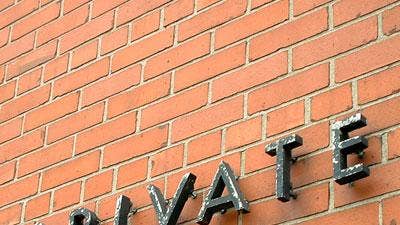
Is the first time SAP has provided a private cloud services for customers?
We offer today a private cloud service for more than 1,200 customers. We always do this top of stack. So whether it is running on a sub-data center on GCP [Google Cloud Platform], AWS [Amazon Web Services] or [Microsoft] Azure, we own that relationship. So a customer gets one throat to choke—zero complexity.
We provide one price, one monthly service charge that can include even the SAP software, the HPE GreenLake service so you won’t have to manage several different contracts.
Even in our current deployments with hyperscalers, we are at the top of the stack.

How important is SAP’s ability to deliver this as the one throat to choke?
We need to deliver in the end as the one throat to choke with 99.9995, 99.9997 or 99.9999 availability. There’s a reason we’re doing this together with HPE. We did not willy-nilly choose them. We did a careful analysis. We need a full Infrastructure as a Service (IaaS) provider—someone who truly provides services end to end. For HPE this validates and gives credibility to the GreenLake offering, which automatically will open up a lot of opportunities for the channel. Even if we run in a cage in a separate environment the SAP stack for the customer, if a customer wants to move everything to Opex you can easily add in additional GreenLake offerings via the channel.
Since GreenLake is already there for SAP stack, it will be easy to add in the HPE GreenLake offerings for the rest of their IT environment.
Even though it is hard to believe there are other applications other than SAP that the customer would want to run so they can run that on the GreenLake stack.

What factors are involved in the decision to move from Capex to Opex?
There are a lot of moving parts of the rubric from Capex to Opex— the cash flow that customers look at. They would like their cash on a monthly basis to be aligned with their own business development and business resources.
On top of that, we have the move from ECC to S/4. We have SAP customers that are continuously looking at how do they bring in analytics, AI, machine learning—how do they transform their business to actually take advantage of the new opportunities out there?
What this provides for customers is peace of mind that their SAP system will run so they can then engage with partners and the larger ecosystem to start focusing on the S/4 migration, on the intelligent enterprise, on linking all of their applications out there into an Opex model—and modernize ultimately not for the sake of driving IT applications and modernizing but to actually become agile and resilient. Because if there is one thing over the last seven months we have learned, it is if you are not agile and resilient you are dead.
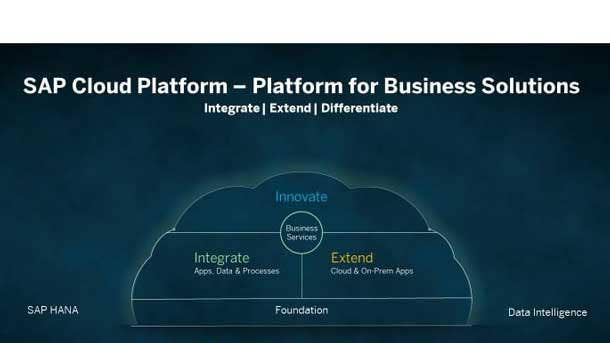
What are you seeing from customers in terms of the appetite for cloud versions of SAP in the wake of COVID-19?
I joined SAP just over 14 months ago and we have almost doubled the amount of [SAP HANA Enterprise cloud] customers in that time.
The demand for customers to move to an Opex model and also just get rid of the whole hassle so they can focus on becoming agile and resilient and not have to worry about the IT side of it is enormous.
You saw from our Q2 results of SAP: COVID hardly stopped us. It’s going great.
What are you seeing in terms of the percentage of applications that have not been moved to public cloud because of complexity, cost, security, etc.?
The SAP stack by itself runs very well in a customer data center on HPE equipment. It also runs very well in hyperscaler environments.
A big enterprise customer has anywhere between 3,000 and 10,000 applications that are around SAP. I worked with a customer who has invested and calculated over 30 years nearly $1 billion in software development for those applications. Those applications have latency requirements, firewall connectivity, use protocols that are half-dead.
All in all, there is no business case for those customers to say, ‘I am going to kill all that software development. I am going to go micro-services and create everything from scratch.’ There is no [business case [for that]. That is billions in software costs.
This 50 [percent] or 60 percent that will not or cannot move [to the public cloud] especially not in the next five to 15 years is not necessarily SAP-related. It is the total ecosystem.
If you have a mainframe system and you have invested hundreds of millions of dollars in those environments and systems and 60 percent of your transactions run through that mainframe—which has a latency requirement of up to 10 milliseconds, maybe 12 milliseconds if you pushed it—if you then put your SAP system in the cloud 500 miles away and it needs to talk to the mainframe system it will break. So what do you do? You can’t move the mountain to Moses, so you move Moses to the mountain.
So now you can put it using HPE GreenLake services in the data center and you still get the same benefits of cloud—namely Opex—someone else managing your stuff and one throat to choke.
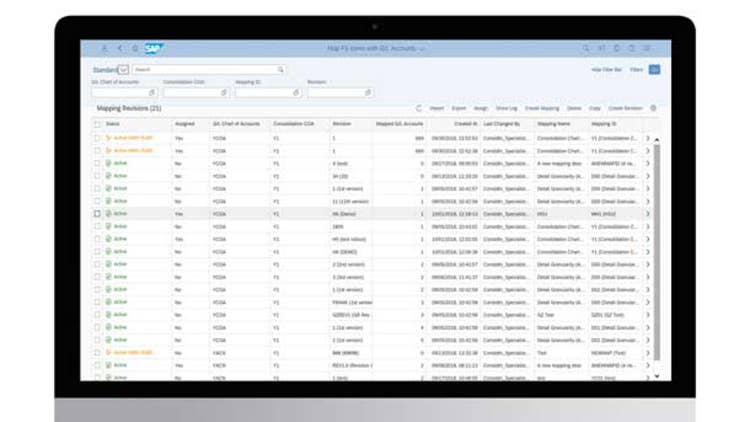
Are you seeing a boomerang from public cloud to on-premises engagements?
I can still count it on one hand. But there are a few things that you see happening—data sovereignty and regulatory requirements are becoming ever more stringent. I think COVID-19 will accelerate that.
This also goes to issues like political lines and trade wars, which we see happening and people pulling back to nationalistic lines. And I’m sorry to say all the hyperscalers are still American-based from that perspective.
The costs are so much harder to control [in public cloud]. You blink, and you pay something to a hyperscaler. You move data for two seconds or you turn a bit on a hard disk with a hyperscaler, and you pay for it.
If you have a very steady, even usage [on-premises is a good option].
If you go to the public cloud and you sell 10,000 times more at Christmas than the rest of the year and you can scale up and down, then the hyperscaler makes sense because you pay as you go and if you have less transactions you pay less. But if you have a very steady system—like an SAP system, especially if you do it via us—I guarantee the price. We also have leverage. We have a lot of customers so we can get one even price. But if you try to manage this yourself, even the bill you get from a hyperscaler is incomprehensible.
How many customers does SAP manage in a private cloud?
I offer a private cloud service for more than 1,200 customers that I am accountable for today. Of that 1,200, 70 percent runs in one of our 15 data centers that we have around the world—a large part of that on HPE infrastructure. That is why we chose HPE GreenLake because [that’s where] all of our automation, tooling, etc. runs. And we deliver to those customers at more than 99.9999 percent application availability. And we have grown at a more than 90 percent compound annual growth rate since the inception [of the private cloud program] six years ago.
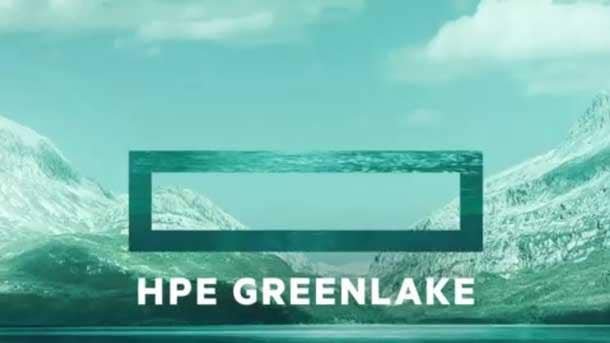
How unique is the HPE GreenLake SAP offer?
The unique value is we deliver an almost SaaS-like experience completely tailored to the customer’s need. We basically create our own little hyperscaler environment for the customers in their data center with all of the expertise of SAP on top. That is the unique value we are providing in an Opex model.
We will start selling this hard-core in Q4. Because we know the HPE environment so well, we be delivering it in Q1. So it is very quick from sales to delivery. It also depends on the customers, their partners and how quickly they can get ready to migrate.
What kind of growth do you expect to see in terms of customers moving to a fully managed SAP private cloud?
I am not ready to comment on the actual number. We currently expect to increase our customer count—and we currently deliver to more than 1,200 customers—by at least 10 percent over the next few years just on this specific deployment model.

Are there minimum requirements for customers to take advantage of the SAP HPE GreenLake cloud service?
There is no minimum number here. You don’t need to bring [SAP] $6 million a year to do this. The great thing about the GreenLake offering is we have T-shirt sizes—small, medium and large. You can grow along with it. It will basically be around the same pricing that we have today for customers in our own data center or in a hyperscaler.
By and large, this is something that can grow with you, and the medium-sized companies will fit just as well as the enterprise. We are not making this an exclusive club. You don’t need to have $20 billion in revenue a year to do this. I think key to this is the excellent value of the HPE GreenLake offering especially because they can tailor it. Any part of the portfolio of HPE can be ‘GreenLaked.’

How important is COVID-19, the cost issues and the complexity that you are removing by allowing customers to run SAP on-premises in a fully managed environment?
The most important thing is it completes our portfolio. What is very important here is there are so many moving parts. This allows customers to focus on what they really need to focus on— which is what they actually do with all of this IT stuff, instead of worrying about the IT stuff themselves.
They don’t need to procure hardware from an HPE and negotiate for weeks and weeks on end. They don’t need to find a system integrator that will then run it. They don’t need to find a data center partner and then on top of that an application partner for the transformation. They don’t have to have manage all this stuff and then somehow get it to run at an appropriate application level in their own data center.
The amount of customers that need to refresh their hardware over the next three years is enormous. They basically have only two options—go to a hyperscaler or try to do it yourself. This basically takes away the headache while at the same time—and this is critical and it almost sounds parasitic—but COVID-19 will accelerate this because of the regulatory and compliance issues.
Before [COVID 19], we said cash was king. Cash has become God and if you can move away from a Capex model where you need to pay HPE $4 million for your [HPE] Superdomes but you can just pay it on a monthly basis over five years as your business goes up and down, that is the key thing.
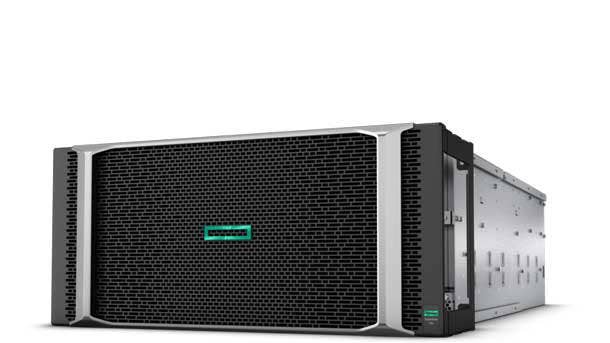
Do you anticipate most of the SAP HPE GreenLake will be on HPE Superdome servers?
No, Superdome is just an example. It will work on any T-shirt size.
In the end, the investment you make as a company you normally would have to do in a Capex model is always related to the size of your business because the SAP system is sized for the business.
Whether it is a Superdome for a multibillion-dollar company or a different piece of hardware, it is always going to be in relation to the size of your business.
Why are you launching this with HPE rather than Dell or Lenovo?
We are launching this with HPE together. Why? For a large reason: Because we use a lot—and I am talking a lot—of their products in our data center today to deliver to all our customers across all our products.
It was never intended and never will be an exclusive partnership because at SAP we offer choice. We are launching this with HPE. We could be adding one of the companies you mentioned over the next few months. Right now, we just want to get this to market and the quickest way for us to do it is with HPE GreenLake.